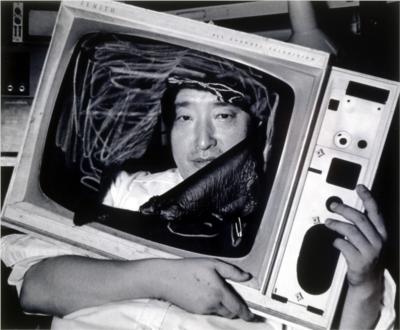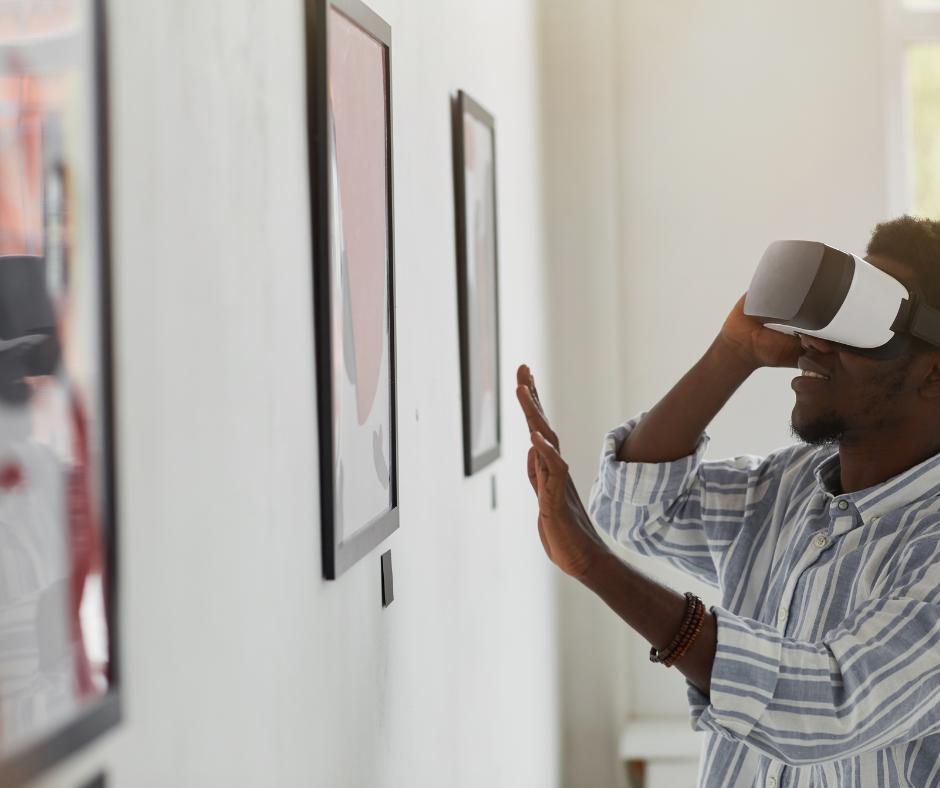Digital art is often considered a recent art form, born with the advent of computers and digital technologies. However, its origins actually date back to the 1960s.
The first works of digital art were created by pioneering artists who explored the possibilities of the computer as a creative tool. Among them is Nam June Paik, who made “TV Cell” in 1963. An installation composed of television screens broadcasting images of an abstract nature. In the 1960s, John Whitney developeddigital animation techniques that were used in films such as“Tron” (1982). These visionaries laid the foundations for what was to become a revolutionary artistic movement.

Over the decades,digital art has undergone a rapid and profound evolution. The 1970s saw theadvent of personal computing, opening up new possibilities for artists. The latter began to use the computer as a tool to create a variety of works. Exploring art forms ranging from digital paintings to virtual sculptures, music and literature.
The 1980s marked a new stage in the evolution of digital art, with the emergence of 3D animation. Artists began to create immersive, interactive works, where viewers could actively participate in theartistic experience. This decade ushered in a new era of artistic innovation.
In the 1990s, with the rise of the Internet, digital art underwent a veritable revolution. Artists used the web to disseminate their work and began creating interactive art experiences online. This decade has brought artists closer to the public, enabling art lovers the world over to discover and appreciate digital works.

Today, digital art is an artistic discipline in its own right, present in museums, galleries and festivals the world over. Digital artists continue to explore new possibilities and develop innovative techniques, making digital art an ever-evolving form of expression. This constant evolution reflects the rapid technological advances and social changes shaping our modern world.
Many digital artists have left their mark on art history. Here are some of the best-known:
David Hockney Famous for his digital works that combine traditional painting with new technologies. Hockney experimented with the iPad and other digital tools to create stunning digital landscapes.
Yayoi Kusama Known for her digital art installations that create an immersive experience for the viewer. Her works combineoptical art and technology to plunge visitors into a world of infinite patterns.
Olafur Eliasson Olafur Eliasson: uses technology to create interactive installations that explore the themes of light and perception. His works invite the public to interact with light and space in new ways.
Camille Utterback : experiments with theinteraction between art and technology, creating installations that react to the viewer’s movements. Her works emphasize the idea of active public participation in artistic creation.
These artists have all contributed to pushing back the boundaries of digital art, and to its recognition as an art form in its own right.
Despite the spectacular advances in digital art, digital artists also face unique challenges. One of these difficulties lies in the question of preservation. Unlike traditional paintings on canvas, digital works are often subject to technological obsolescence. File formats and software can evolve, jeopardizing the durability of digital creations. Artists therefore need to consider long-term conservation strategies to ensure that their work remains accessible to future generations.
On the other hand, digital art also offers immense opportunities. Artists can reach a global audience via the Internet, eliminating geographical barriers. What’s more, audience interaction and artist collaboration have been greatly facilitated by technology, creating new possibilities for creativity and engagement.
Ultimately, digital art is a constantly evolving field that offers artists fertile ground for experimentation and innovation. The challenges they face are ultimately opportunities to push back the boundaries of their art, while contributing to the richness of the world’s artistic heritage.